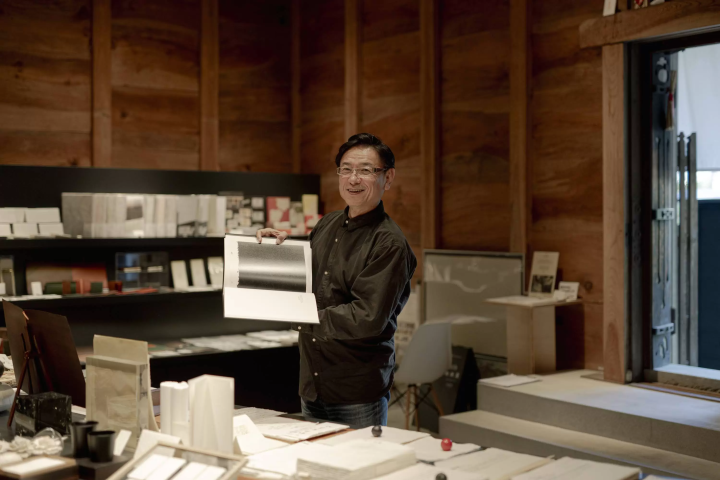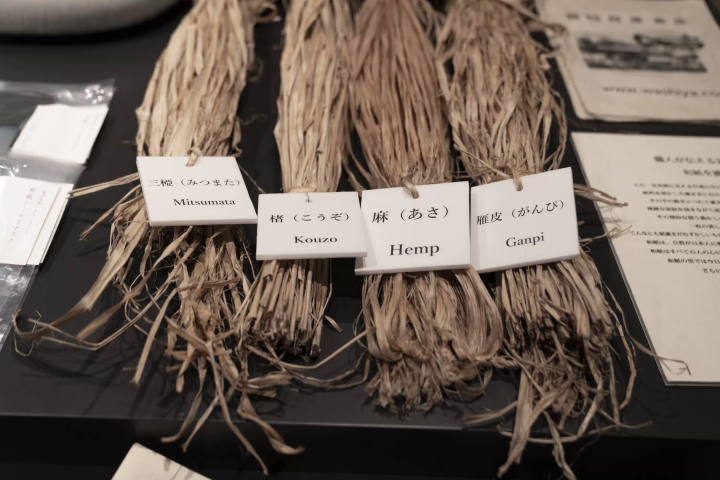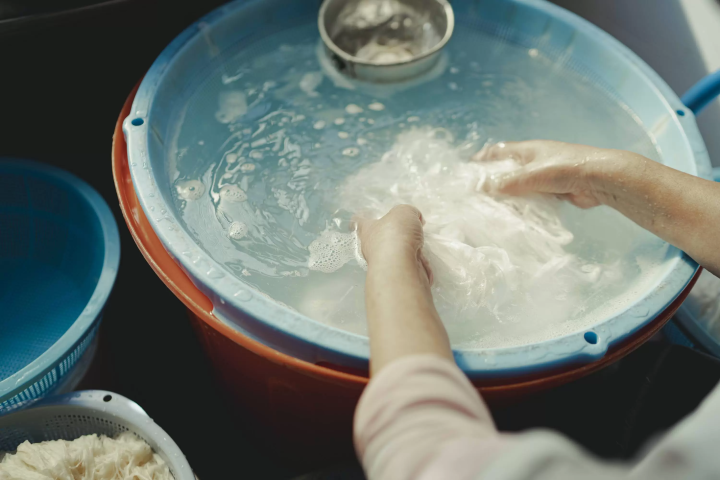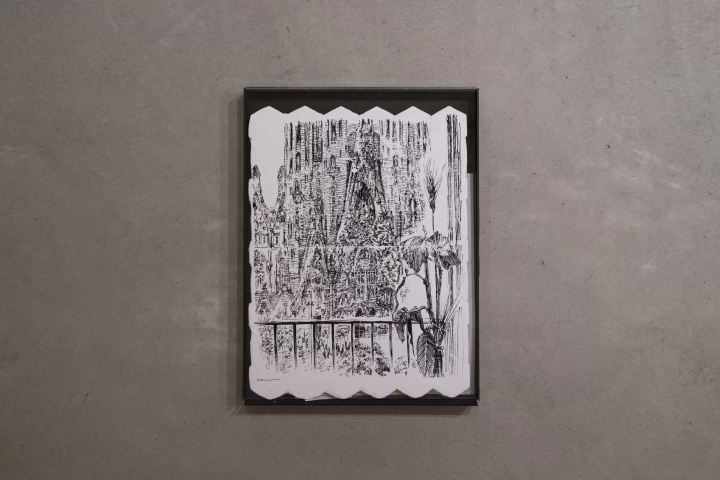"CRAFT TOURISM ECHIZEN" Echizen Washi, Loved by Artists Around the World

Why Echizen Washi is Loved by Domestic and International Artists
Echizen art supplies paper
Echizen Washi has a long history of about 1500 years, even among the many Washi production areas in Japan.
In the Muromachi period, Echizen Hosho, official paper for court nobles and samurai families, was created, and from the Meiji period onwards, banknotes and securities were also manufactured, and the quality of the paper has long been highly regarded. .
Echizen washi is also attracting attention in the field of art, with Taikan Yokoyama and Ikuo Hirayama using hemp paper. "Echizen Hosho" is said to have been ordered by Picasso.
Echizen washi paper is loved by artists in Japan as well as overseas. What is the attraction?
Rembrandt
Echizen Washi in the prints of that famous painter! ?
In 2014, a severe earthquake hit the production area of Echizen washi. News broke that Echizen washi paper may have been used in a print by the 17th-century painter Rembrandt.
Rembrandt was a Dutch painter from Amsterdam. In addition to his representative work "Night Watchman", he also left many prints and drawings, and he is also called "the magician of light" because he used the technique of making the objects of his paintings stand out with light.
When I examined Rembrandt's print "Christ Healing the Sick" in the collection of the National Museum of Western Art with an optical microscope, I discovered ganpi, which is used as a raw material for Japanese paper.
At that time, the Dutch East India Company was expanding trade in Asia and was importing Japanese paper from Japan through Nagasaki. In fact, the account book of the Dutch trading house in Dejima, Nagasaki had a record of exporting Japanese paper made from ganpi, so the possibility of Echizen washi suddenly emerged.
“Gampi paper has good color development and could express deep darkness even with weak printing pressure, so Rembrandt may have been fascinated by this paper.”
says Yoshinao Sugihara of Sugihara Shoten. A wholesaler of Echizen Washi since 1871 (Meiji 4), and as a “Washi sommelier,” he has earned the full trust of artists in Japan and overseas.

▲ Mr. Sugihara. Traveling around Japan and abroad to convey the charm of Echizen Washi
Let's take a closer look at Mr. Sugihara, who knows the production areas of Echizen washi.
typography
What Japan's First Letterpress Printing Brought
It is said that Rembrandt first became acquainted with Echizen washi through an event in the 16th century.
In 1582 (Tensho 10), the Tensho Mission to Europe was dispatched to Rome under the order of a Christian feudal lord, and brought back a local letterpress printing press to Japan.
The printing press was transported to the Shimabara Peninsula, where it printed Christian books hidden from the shogunate, which had issued the Bantenren Expulsion Edict. This book is said to be the first letterpress printing in Japan.
“At that time, western paper was not yet available in Japan, so Japanese paper must have been used for printing. I have.”
Gampi Japanese paper
Gampi Japanese paper takes time and effort
Washi paper is made from fibers extracted from the bark of trees such as kozo, mitsumata, and ganpi.

“The Echizen washi paper that Rembrandt is presumed to have used for his copperplate engravings is ganpi paper made from ganpi. It is a light yellowish brown, dense and smooth paper, and is also called torinoko because it resembles the color of a bird’s egg. will be
“Compared to mulberry and mitsumata, ganpi has flat fibers, so the density of the paper is high, so ink and paints do not penetrate much into the paper, and it bleeds less, making the paper more colorful. ”
“Echizen has been famous as a production area of high-quality ganpishi since the Middle Ages, and later in the Edo period, Echizen ganpishi was praised as the best paper, the king of paper.”
Gampi could not be cultivated, so they collected what was growing naturally in the mountains and used it as a raw material for paper. (Cultivation methods have now been established.)
The important thing when making ganpishi is the “dust selection”. Gampi has a lot of fine tree bark, sand, and foreign matter called "dust" attached to it, so it takes a lot of time and effort to carefully remove it by hand.

Rembrandt may have chosen Echizen's high-quality ganpishi as his printing paper because it was made with great care.
wholesaler
Existence of a wholesaler that connects artists and craftsmen
Since the Meiji period, Echizen washi has attracted attention from artists in various fields such as Japanese painting, calligraphy, and contemporary art. Currently, requests for the development of Japanese paper for use in specific works are increasing.
Wholesalers like Mr. Sugihara play a major role in this process.
When you think of a wholesaler, you may have an image of a wholesaler that sells products within the distribution system, but Mr. Sugihara actively develops sales channels, develops Japanese paper, and acts as a bridge between customers and craftsmen.
“The production area of Echizen washi is large, and there are craftsmen who use a variety of materials and techniques. We believe that it is also an important role for us, who have the know-how, to connect craftsmen according to their requests.”

▲Inquiries come to Mr. Sugihara from all over the world. Some even receive orders such as "I want Japanese paper that is 5 cm thick and 20 m long."
Perhaps the more first-class artists are, the more they are particular about the ratio of raw materials, the drying method, the thinness in millimeters, and so on. The presence of Mr. Sugihara, who accompanies his passion for creating works, must be a reassuring presence for artists.

▲ A work by manga artist Takehiko Inoue. American sculptor Richard Serra and calligrapher Soun Takeda also use Echizen washi.
The craftsmanship of Echizen washi, which spares no time and effort, is supported by techniques that have been passed down for hundreds of years and wholesalers that serve as a bridge between craftsmen and users. It will continue to attract many artists in the future.
▼Sugihara Shoten
Echizen wisdom ~Proposing a new tourism, a journey of wisdom.~ A town that has inherited the skills and spirit of its predecessors for 1,500 years. Echizen, the entrance to the "Koshi no Kuni" ruled by an ancient king. A place of wisdom where cutting-edge technology and culture first flowed in from across the Sea of Japan and became the origin of Japan's profound manufacturing. In the traditional industries that coexist with the nature of the land and in the people who live here, the universal wisdom that human beings want to bring to the next 1000 years is alive. Here and now, there is a future born from exchanges that transcend national borders and time and space. A new quest to find light. Welcome to Echizen.
The contents on this page may partially contain automatic translation.































![[2026 Edition] FORMUAL 1 JAPANESE GRAND PRIX Information](https://resources.matcha-jp.com/resize/720x2000/2025/10/05-245984.webp)


![[2025 Update] Namba's spectacular illuminations! "Namba Hikari Tabi" with approximately 1 million shining lights](https://resources.matcha-jp.com/resize/720x2000/2025/12/12-252825.webp)